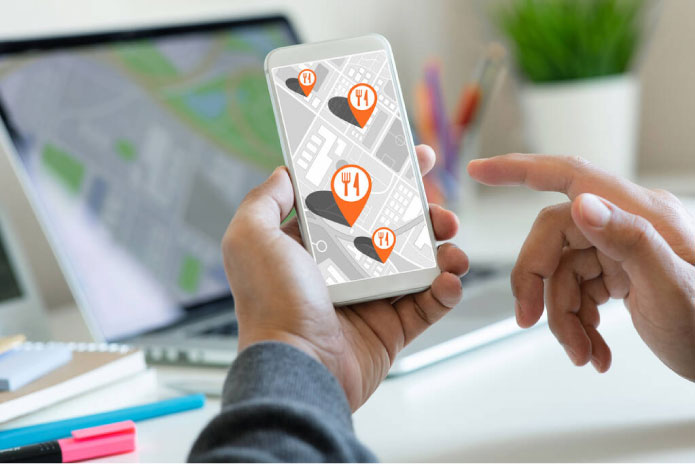Seja pelo cardápio disponibilizado online, avaliações, solução de dúvidas ou possibilidade de reservas, a relação entre consumidores e restaurantes nunca foi tão digital quanto hoje. Segundo pesquisa realizada entre o site Reclame Aqui e a Associação Brasileira de Bares e Restaurantes (Abrasel), 63% do público só opta por um estabelecimento após conferir reputação e avaliação de outros clientes. Outros 23% seguem indicação de amigos em grupos de mensagens, enquanto 4% consideram dicas de influencers.
Os perfis no Instagram e TikTok são outros canais bastante visitados e acompanhados pelos consumidores. Mesmo quem nunca foi a um restaurante, ou mesmo mora longe, pode seguir determinado estabelecimento e planejar conhecê-lo um dia. Portanto, além de garantir qualidade no atendimento diariamente e contar com divulgação ‘boca a boca’, os gigantes do setor vem apostando nas mídias sociais para cativar o público.
No Johnny Rockets, rede californiana de hamburguerias ambientadas na década de 50, a personalidade forte da marca já contava com as carismáticas coreografias dos garçons muito antes da internet. Atualmente, a rede voltou a surfar fortemente esta onda, aproximando-se ainda mais das crianças e jovens. “Os clientes mais ativos já sabem os horários das ‘dancinhas’ e se programam para estar na loja, gravando ou até participando da coreografia”, explica o diretor do Johnny Rockets no Brasil, Álan Torres. “Outros, são surpreendidos pelo movimento e para nós é incrível assistir o encanto deles ao presenciar nossa apresentação”.
No Instagram, o Johnny Rockets Brasil soma 171 mil followers, enquanto o perfil americano da marca conta com 98 mil. “Encontramos um tom de voz que conversa diretamente com os nossos seguidores, incluindo conteúdos divertidos, carismáticos e memes inteligentes, de um jeito bem brasileiro”, explica Torres.
Expansão nacional
Em todo o país, o Johnny Rockets já ultrapassa 40 pontos de venda, segunda maior rede no mundo, atrás apenas da matriz americana. No Brasil, o público encontra lojas em São Paulo, Paraná, Santa Catarina, Rio Grande do Sul, Espírito Santo, Ceará, Paraíba, Amazonas, Goiás e Distrito Federal. Até o fim de 2025, a estimativa é aumentar 20% o volume de unidades. “As lojas só nascem quando enxergamos relação com o público em determinado local, porque o centro de tudo é a experiência do cliente: proporcionar um espaço de lazer, entretenimento, boa gastronomia e vivências únicas entre amigos e família”, explica o CEO Antônio Augusto Ribeiro de Souza.
Já como empreendimento, o diferencial se dá na ampla infraestrutura ao franqueado, desde a orientação na escolha do ponto comercial, à assistência no treinamento da equipe, logística junto a fornecedores e muito mais. “Devido a todo este sistema e muito estudo de mercado, conseguimos crescer de maneira orgânica e estratégica”, finaliza.


